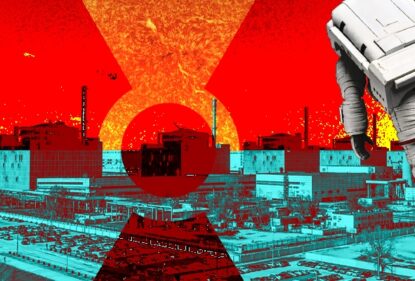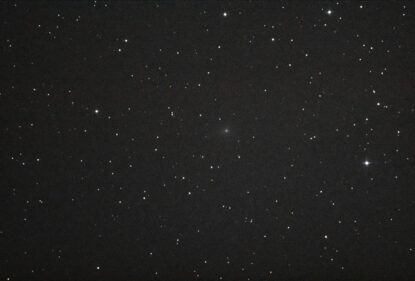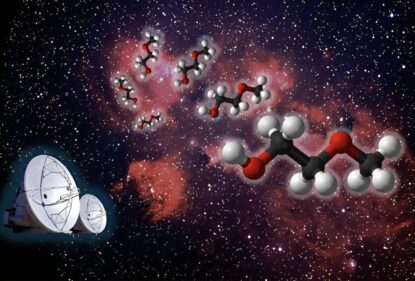At the end of last year, Ukrainians enjoyed precipitation in the form of fine solid hydrogen oxide crystallized from the gas phase, i.e. snow. Usually in the vast majority of territories, water falls on the planet’s surface from the atmosphere in a liquid state — in the form of rain. Nowadays, this type of precipitation is a characteristic feature of the Earth, but in the distant past the same picture was on Mars, and possibly on Venus. What else can rain on other bodies in the solar system and beyond?

Titanium: methane rains
The only known satellite in our solar system that has a fairly dense gas shell is Saturn’s largest moon, Titan. Planetologists have already proven that from time to time (depending on the season, the full cycle of which on this satellite, as well as on Saturn itself, lasts 29.5 years) clouds form in its atmosphere, which later “shed” rain, however they do not consist of water, but of liquid hydrocarbons — methane and ethane. This liquid boils at a temperature of about -170 ° C and has a density of less than 0.5 g / cm³. In the presence of oxygen — for example, on Earth — it could be used as fuel.
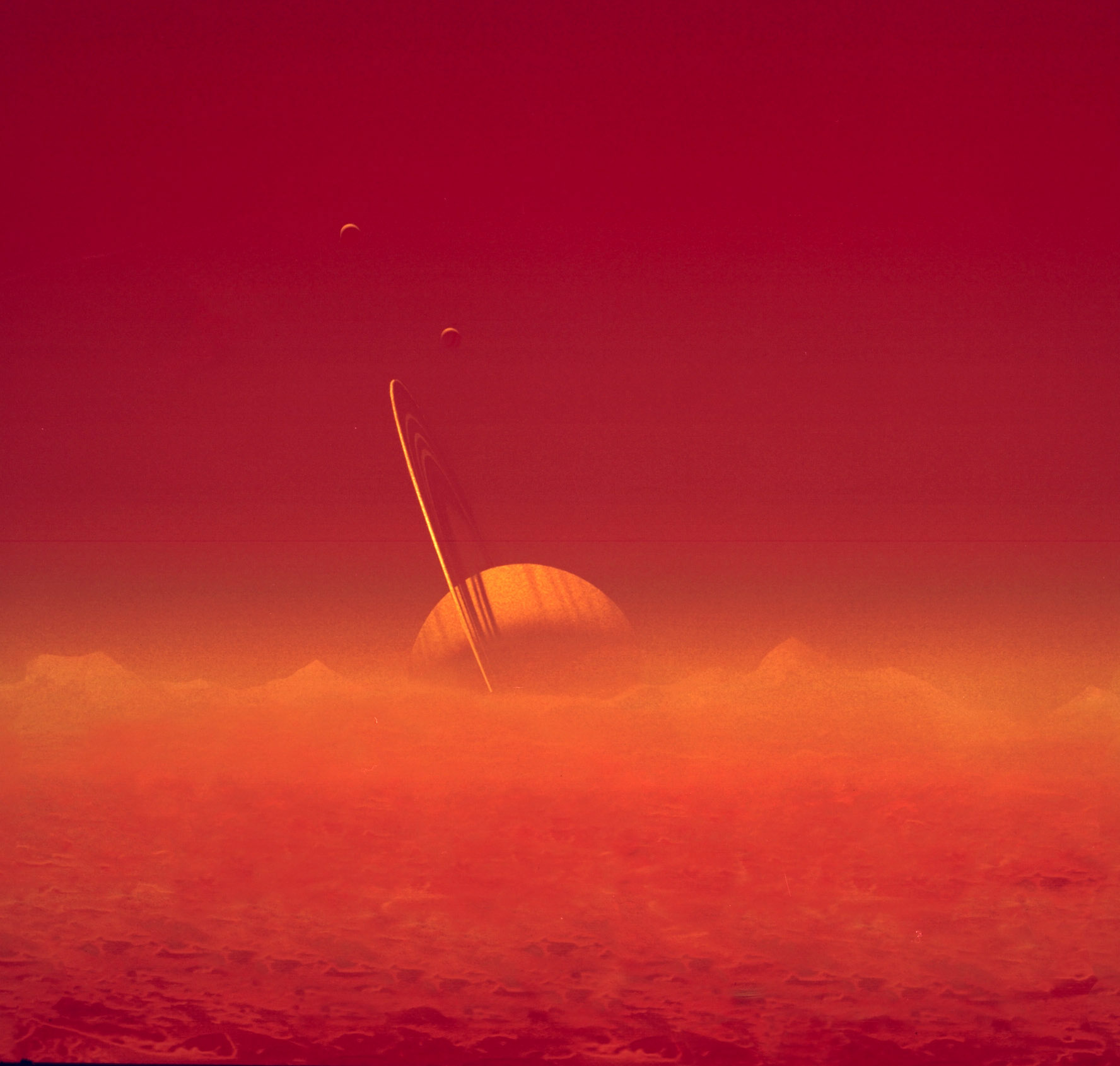
Hydrocarbon rains feed Titan’s rivers and fill lakes, some of which may be larger than the Great Lakes of North America. Interestingly, the basic rock relief of Titan consists of water ice, instead of silicates and aluminosilicates (characteristic of terrestrial planets).
Venus: rains of sulfuric acid
In some deserts of the Earth, an unusual phenomenon is sometimes observed: rain that evaporates before reaching the surface. This happens when the lower layers of air are heated to more than 40 ° C.
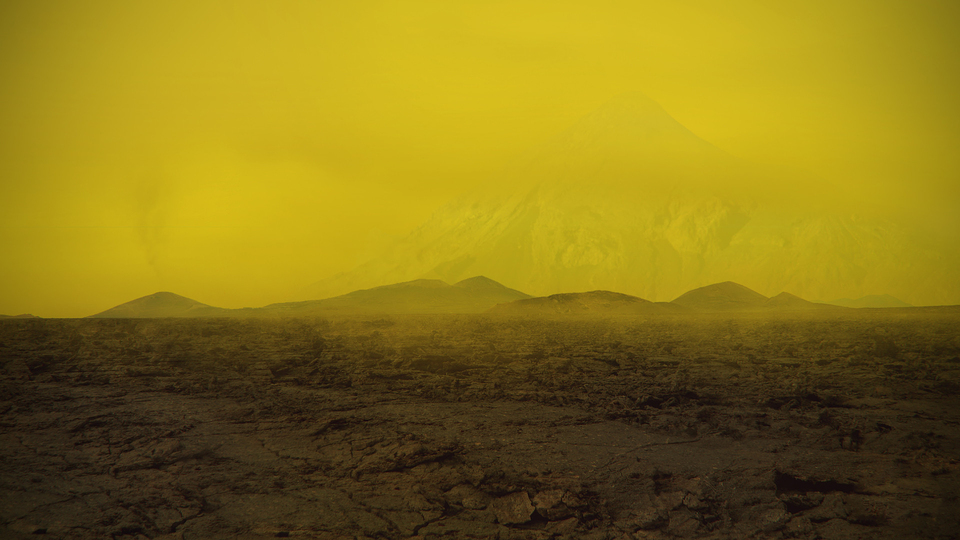
Venus — the closest planet to us — is an extremely inhospitable world. The near-surface layers of its carbon dioxide atmosphere have a temperature of about + 470 ° C. Under such conditions, sulfuric acid, of which dense Venus clouds consist, “gathers” in large enough drops, and they begin their way down, but after reaching the altitude of about 25 km, decompose into water vapor, sulfur dioxide and oxygen. Mixing in colder and higher atmospheric layers, these gases react with each other and again form sulfuric acid, after which the whole cycle is repeated. However, Venus, as it turned out, is not only a raining planet, but also a snowy one — strange black snow falls there, consisting of sulfides of lead and bismuth.
Neptune: diamond snow
The famous phrase about the sky in diamonds may be commonplace for the most distant planet from the Sun — Neptune. The only clarification: this “sky” is located at a depth of about 7,000 km, which exceeds the radius of the Earth.

The Neptunian atmosphere consists of 80% hydrogen, 19% – helium, and some percentage of hydrocarbons (mostly methane). It is quite dynamic: in the upper layers there are winds exceeding 2000 km / h, which is a record for the solar system. Scientists still do not understand where the energy comes from to “feed” such powerful atmospheric currents. It may come from the bowels of the planet, which can have temperatures as high as tens of thousands of degrees Celsius. But then at a certain depth there should be the conditions under which methane decomposes into hydrogen and carbon, and the latter is released in the form of diamond dust.
Laboratory experiments generally confirm these assumptions. They also apply to other planets belonging to the class of “ice giants” – primarily Uranus. Apparently, such diamond rains can be quite common in the universe. Scientists have already found microscopic diamonds in meteorites, which most likely got there as a result of catastrophic collisions of exoplanets.
HD 189733b: Heavenly glass
The planet-like satellite HD 189733 was discovered in 2005 with a transit method: terrestrial observers noticed that every 2.2 days it passes through the disk of its luminary, blocking part of its radiation, which reduces its visible brightness. Spectral studies have made it possible to more accurately determine the characteristics of the exoplanet and classify it as a “hot Jupiter” (its mass exceeds the mass of Jupiter by 13%). In 2008, the Hubble Space Telescope was able to capture the spectrum of its atmosphere, which consists mainly of nitrogen, methane and carbon monoxide, and even make assumptions about the weather conditions on this celestial body.
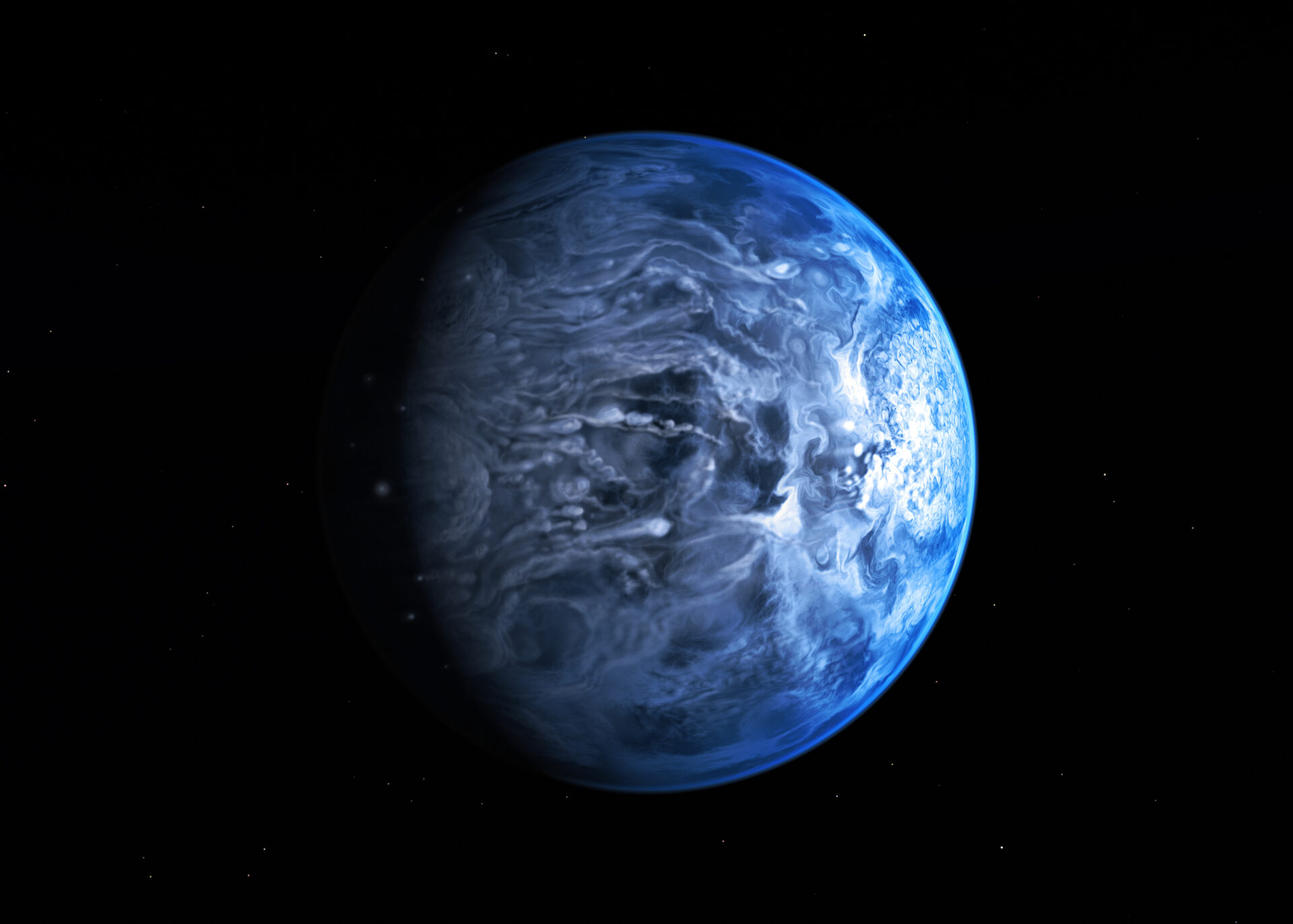
In the atmosphere of HD 189733b, heated to more than 1000 ° C, raging winds are blowing, carrying drops of molten silicates of calcium and magnesium — the closest compounds on Earth are known to us as glass. Interestingly, this exoplanet is likely to be constantly facing its star with one side. In this case, there must be glass rain on its illuminated hemisphere, and snow of crystalline silicates on the night side.
OGLE-TR-56b: iron precipitation
The first exoplanet discovered by the transit method was OGLE-TR-56b. Reports of its possible existence appeared in mid-2002. For almost six years, it held a “speed record” among such objects: it needs only 29 hours to spin around its star (so this is another typical “hot Jupiter”).
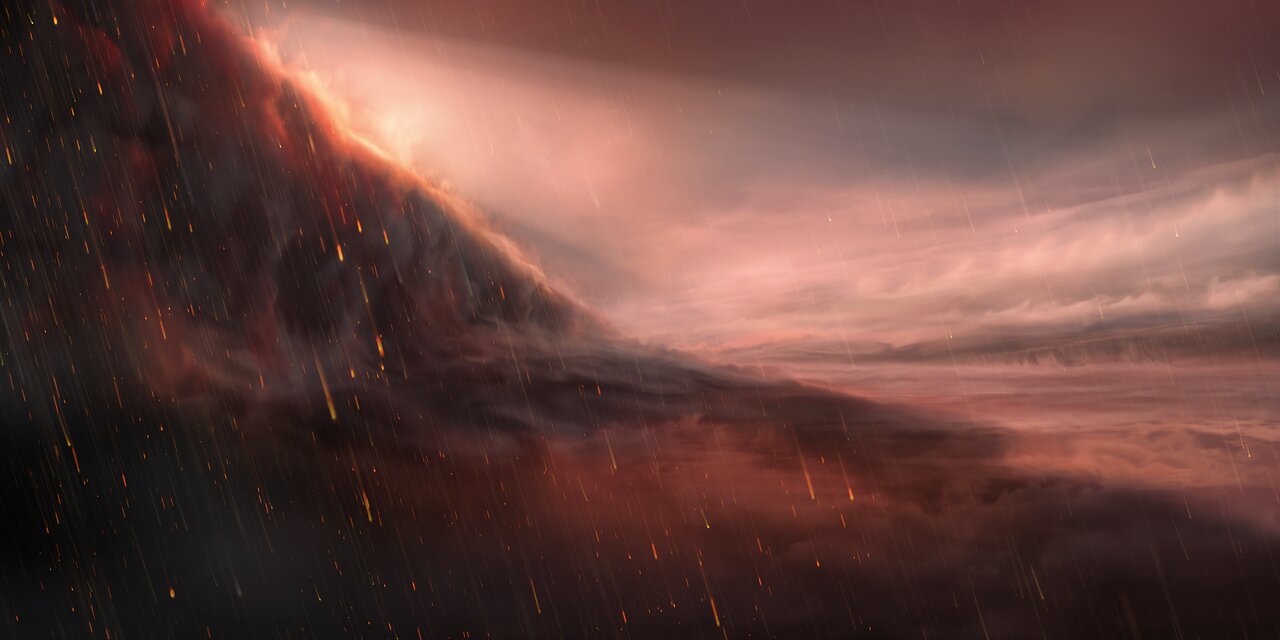
Now we know a lot about this planet — for example, the fact that the temperature of its constantly lit side reaches + 2000 ° C. Under such conditions, most metals not only melt but also evaporate. This was confirmed by spectral studies that found gaseous iron in the atmosphere of OGLE-TR-56b. Above the nocturnal hemisphere of the planet, it probably condenses, forming fantastic iron rains.
HAT-P-7b: rain of liquid sapphires
It is easy to understand that the most exotic precipitation should be sought on the “hot Jupiters”, which are located close to their stars. Therefore, we cannot ignore the interesting object, which was discovered in 2008 and was designated HAT-P-7b. It is one of the hottest exoplanets known to scientists: its average temperature exceeds 2500 ° C. This state is due to the fact that it revolves around a hot star of spectral class F8 in an orbit with a radius of 5.7 million km — this is only 15 times the average distance between the Earth and the Moon.
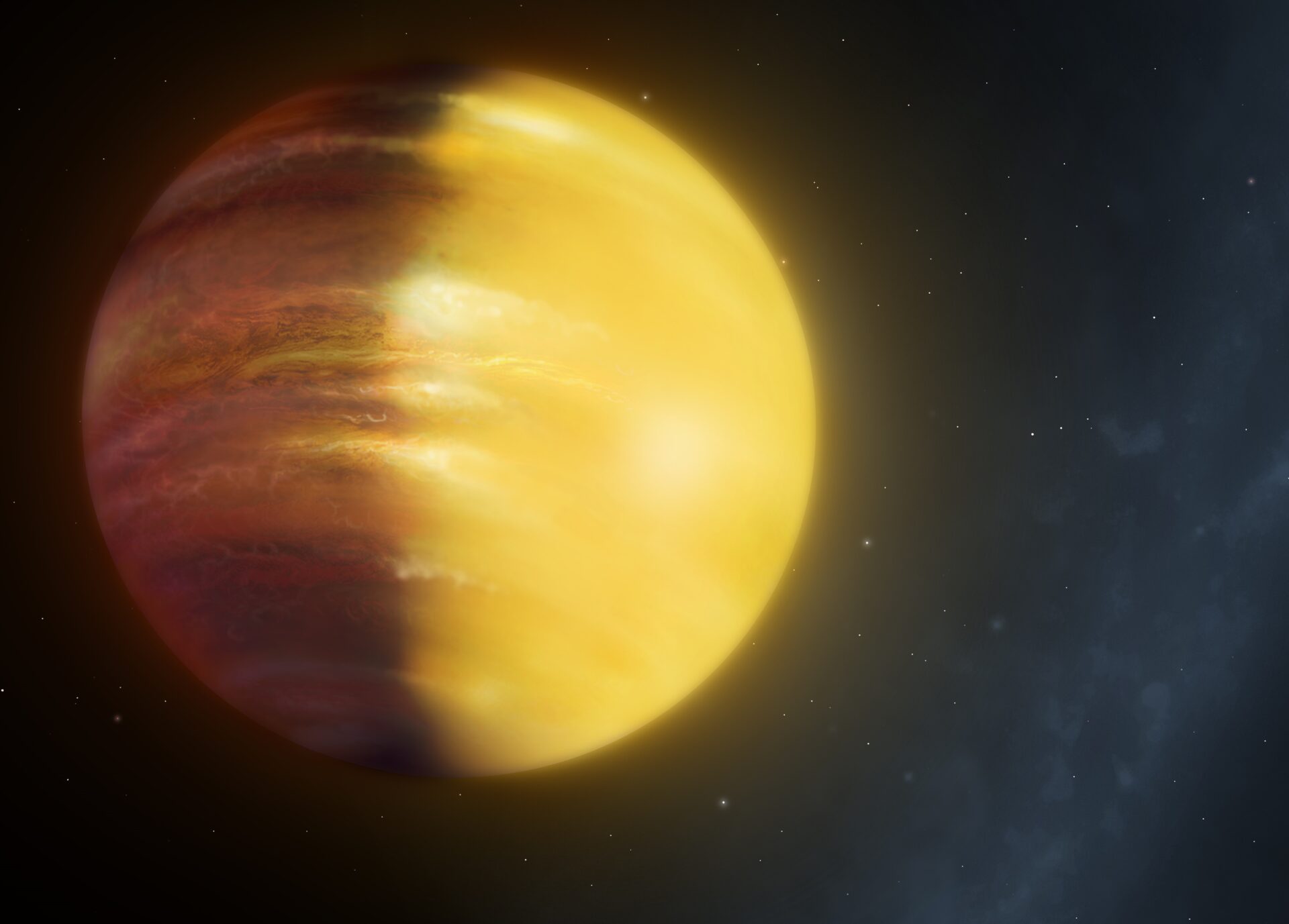
HAT-P-7b is 16 times more massive than our planet, meaning it is not “hot Jupiter” but “hot Neptune”. Using spectral methods the scientist discovered alumina in its atmosphere — a substance that in its solid state forms the mineral corundum, as well as ruby and sapphire, which belong to the class of precious stones. In fact, scientists do not yet have convincing evidence that sapphire rains are falling on this celestial body, but the possibility itself is intriguing.


